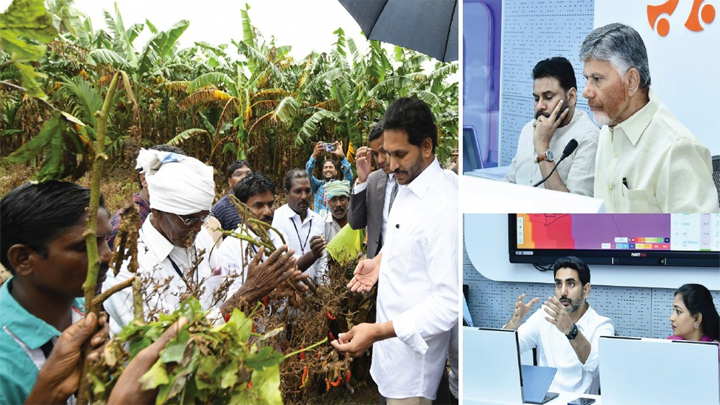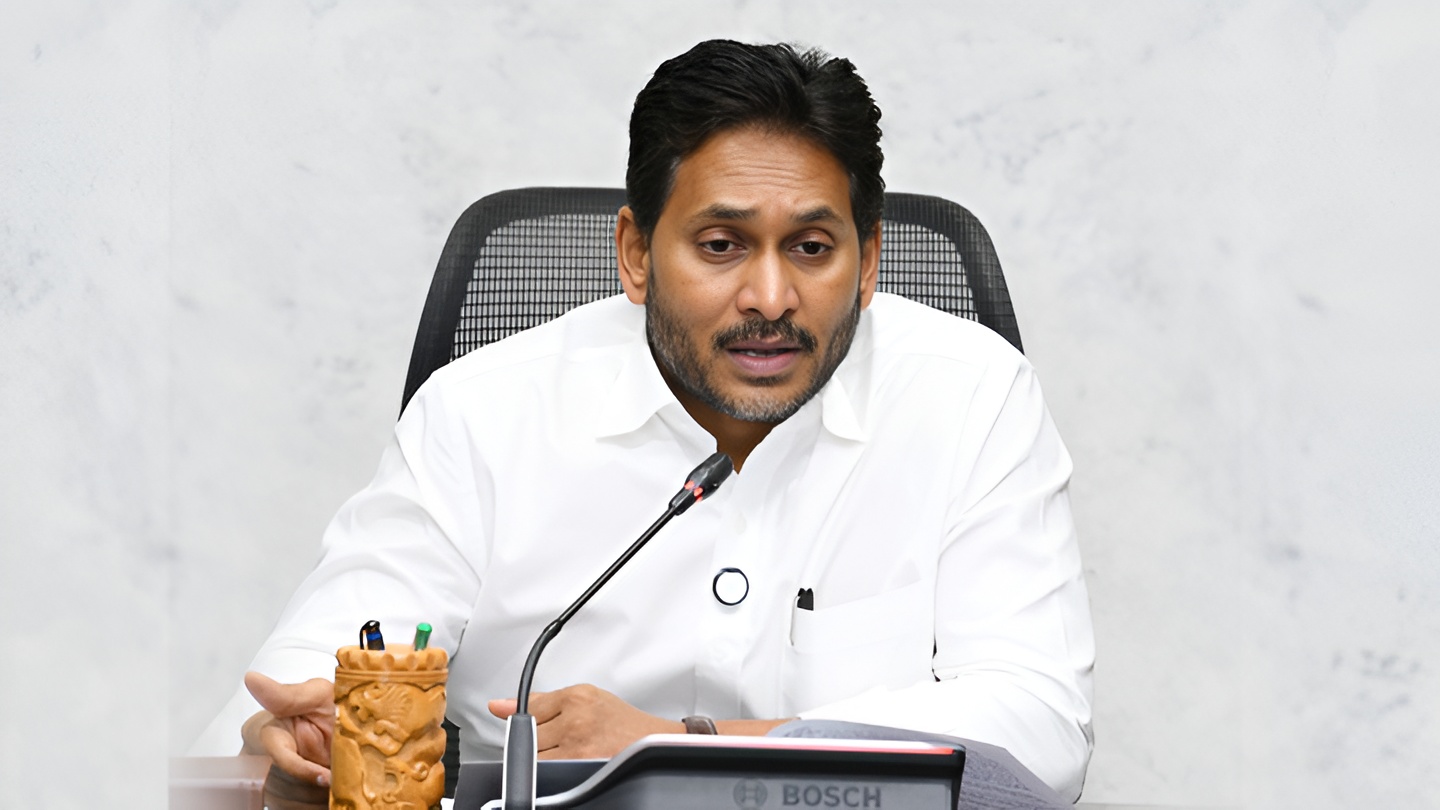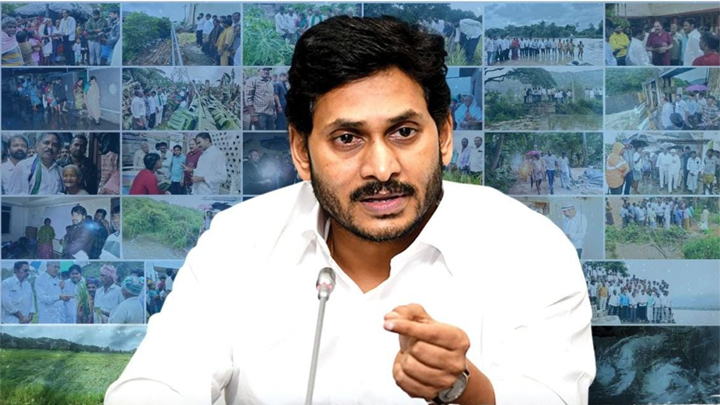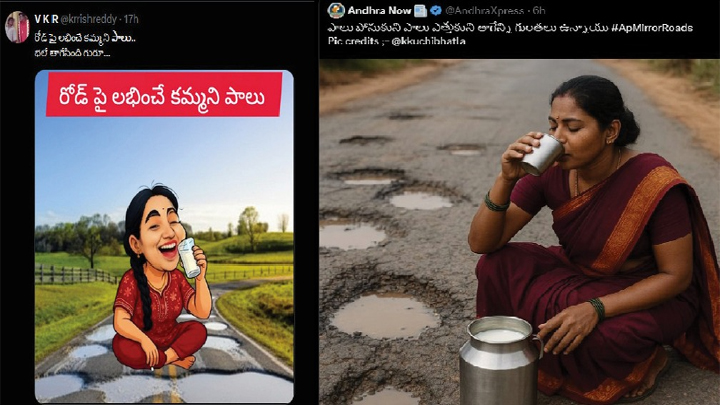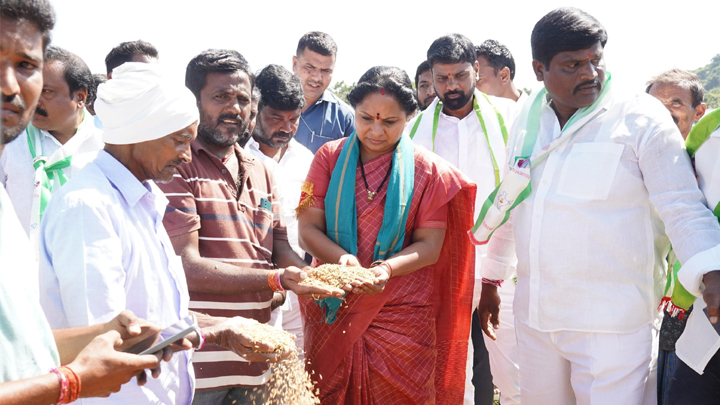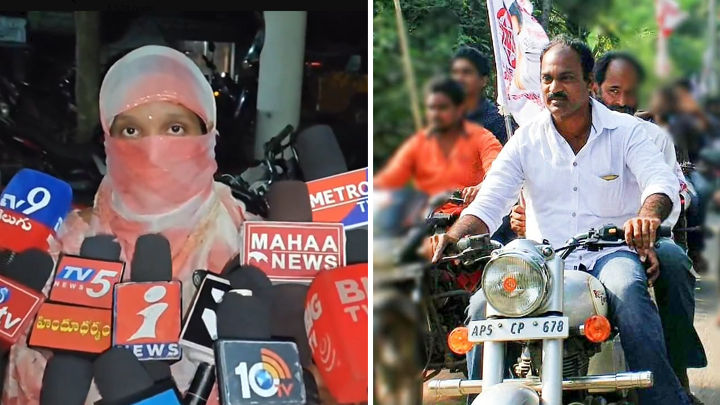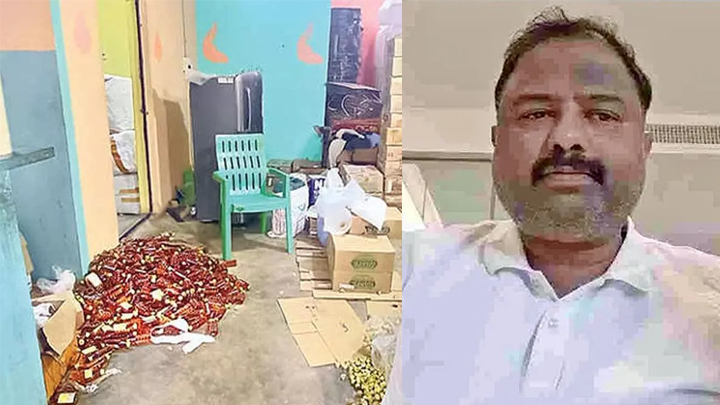While Cyclone Montha unleashed devastation across Andhra Pradesh, the state’s leadership appeared more focused on optics than on-ground governance. As vulnerable families waited for urgent support, the administration remained occupied with marathon meetings and carefully staged visuals from the RTGS command center , a stark contrast to the ground-level leadership the crisis demanded.
Instead of mobilizing relief teams and ensuring supplies reached affected households, the government seemed intent on media management. Public frustration is especially sharp over efforts to spotlight Minister Nara Lokesh through what critics describe as “jacket-change photo ops,” even as storm-hit families struggled without essentials.
Top leadership missing in action
Chief Minister Chandrababu Naidu, Deputy Chief Minister Pawan Kalyan, and Minister Lokesh were nowhere in the state in the crucial days before landfall, reportedly traveling or away in weekend mode. Even after the cyclone struck, senior leadership took time to return. Pawan Kalyan, whose own constituency lies in the affected belt, reportedly did not arrive until late on the 27th. Meanwhile, ministers and MLAs remained invisible, drawing intense public criticism for abandoning field responsibility.
Sharp contrast with previous governance
Residents and observers recall a very different approach under the previous YSRCP government. During earlier cyclones, essential supplies reached communities before landfall, volunteers delivered rations door-to-door, and each affected family received ₹2,000 in immediate relief. Village and ward secretariats worked in sync with collectors, while Nadu-Nedu schools doubled as efficient rehabilitation centers.
With those grassroots systems now weakened or dismantled, this cyclone exposed a serious administrative vacuum , and left citizens questioning the preparedness of the current regime.
Farmers Left Without Safety Net
Farmers are among the worst hit. Crop loss enumeration has slowed to a crawl, last year’s compensation remains pending, and the government has not paid this year’s insurance premium. As a result, cyclone-affected farmers now face hurdles in accessing insurance, deepening their distress and fueling accusations of neglect.
Volunteer network collapsed, delivery halted
The dismantling of the volunteer system and cancellation of ration door-delivery left nearly 18,000 dependent families suddenly jobless and communities cut off from crucial last-mile public services. What was once an efficient grassroots relief pipeline is now broken , and disaster-hit families paid the price.
A “Two-Man Show” government
Critics argue that the administration functioned as a two-man command setup, with Naidu and Lokesh managing operations from screens instead of leading from the ground. With ministers and MLAs largely absent from cyclone zones, the government’s response appeared disconnected and centralized, lacking coordination and empathy.
YSRCP on the ground with people
In contrast, YSRCP leaders and cadres visibly stepped into the field, assisting with evacuations, distributing essentials, and standing by affected families. Their message was simple: win or lose power, stay with the people.
A crisis that revealed leadership gaps
As Andhra Pradesh struggled against nature’s fury, governance reportedly stalled , marked by delayed response, missing leadership, no field visits, no emergency relief, a broken delivery network, and farmers left without support. The situation has ignited debate on disaster leadership, preparedness, and the importance of systems built around people, not publicity.

